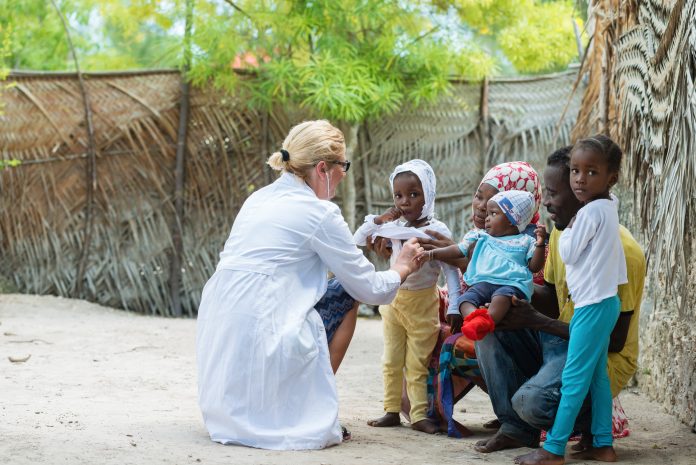New evidence shows female genital mutilation is increasingly being carried out by health workers, with one in four girls undergoing the procedure at their hands
According to a new guideline by the World Health Organization (WHO), urgent interventions are needed to stop the rising medicalisation of female genital mutilation (FGM). The health sector is key in preventing this procedure and supporting survivors; however, as of 2020, an estimated 52 million girls and women were subjected to female genital mutilation at the hands of health workers.
“Female genital mutilation is a severe violation of girls’ rights and critically endangers their health,” said Dr Pascale Allotey, WHO’s Director for Sexual and Reproductive Health and Research and the United Nations’ Special Programme for Human Reproduction (HRP). “The health sector has an essential role in preventing FGM – health workers must be agents for change rather than perpetrators of this harmful practice, and must also provide high-quality medical care for those suffering its effects.”
Prohibiting health workers from performing female genital mutilation
Female genital mutilation includes all procedures that remove or injure parts of the female genitalia for non-medical reasons. Evidence shows that no matter who performs FGM, it causes harm. Some studies suggest it can even be more dangerous when performed by health workers since it can result in deeper, more severe cuts. Its “medicalisation” also risks unintentionally legitimising the practice and may jeopardise broader efforts to abandon it.
The new WHO guideline, titled The prevention of female genital mutilation and clinical management of complications, provides recommendations to both prevent the practice and ensure evidence-based care for survivors, covering actions for the health sector, governments, and affected communities.
WHO’s new guidelines recommend professional codes of conduct prohibiting health workers from performing this procedure. The guideline also emphasises the need to positively engage and train health workers for prevention.
“Research shows that health workers can be influential opinion leaders in changing attitudes on FGM, and play a crucial role in its prevention,” said Christina Pallitto, Scientist at WHO and HRP who led the development of the new guideline. “Engaging doctors, nurses and midwives should be a key element in FGM prevention and response, as countries seek to end the practice and protect the health of women and girls.”
Promoting girls’ rights to their bodies
The guideline highlights the importance of community education and information, such as raising awareness of the procedure that involves educating men and boys, promoting girls’ rights, and supporting attitudinal changes.
Additionally, WHO has made several clinical recommendations to ensure high-quality medical care for female genital mutilation survivors. Survivors will face extensive long-term health complications as a result of the procedure and will require a range of health services throughout their lives, including mental health care, management of obstetric risks, and surgical repairs if appropriate.
Evidence has indicated that it is possible to end female genital mutilation. Countries like Burkina Faso, Sierra Leone, and Ethiopia have seen reductions in prevalence among 15 – 19-year-olds over the past 30 years by as much as 50%, 35%, and 30%, respectively.
Since 1990, the likelihood of a girl undergoing this procedure has decreased threefold. However, it remains common in 30 countries around the world, and around four million girls each year are still at risk.











